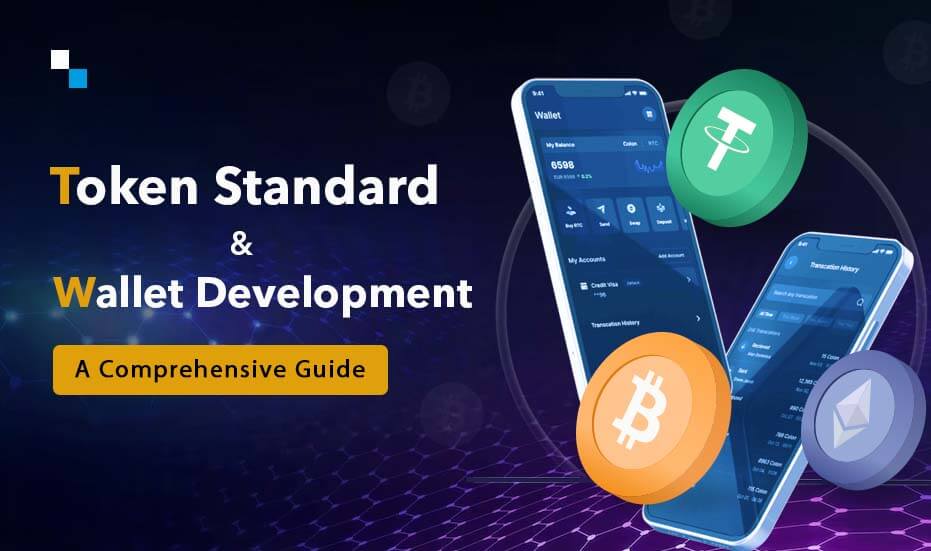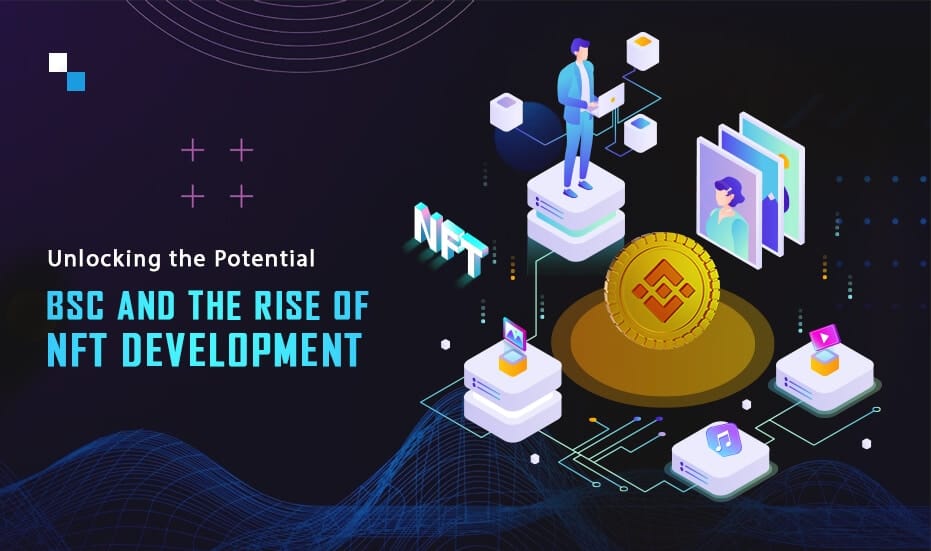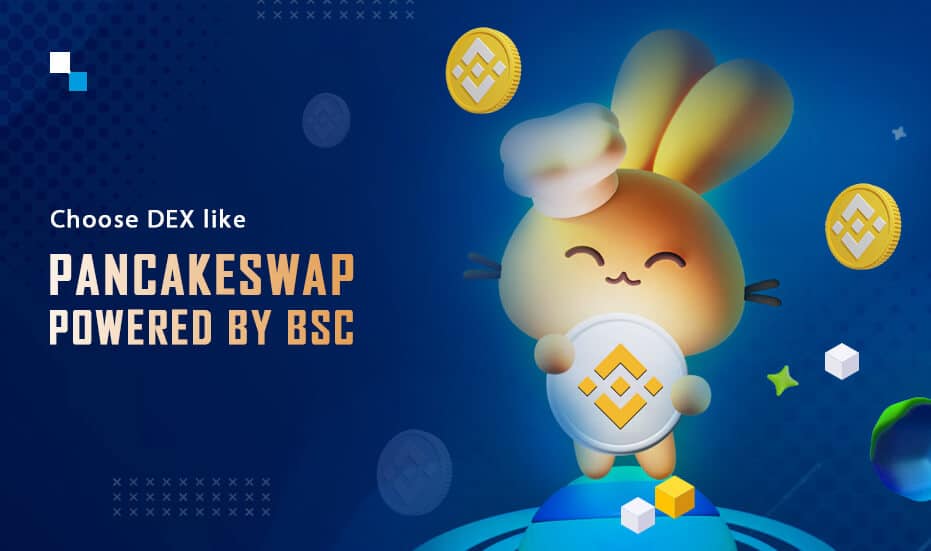There is no second thought about Binance Smart Chain emerging as a leading blockchain network. Owning a blockchain platform will be a mainstream practice soon. At that time, how shall we distinguish between them? It is the scalability to accommodate for users and the interoperability to communicate with each other.
If you are planning to create a BEP20 token on BSC then certainly you do not want to limit the reach to selective DEXs only. This is what blockchain bridging is meant for – enabling the transfer of tokens between different blockchains like Ethereum, Polygon and Binance Smart Chain.
Moreover, the compatibility of BSC with EVM compatible chains like Ethereum or a faster blockchain like Solana helps simplify the listing of tokens on top exchanges.
However, the main objective to introduce Binance Smart Chain, a parallel chain to the existing Binance Chain was to make the entire ecosystem capable of handling a large number of transactions, deliver programmability, and smart contracts to users who want to launch a coin on BSC. And that’sjust one of the many reasons that helped BSC emerge as a leading player.
In August 2020, Binance conducted a “Stake Wars promo” which highlighted the potential of Binance Smart Chain for DeFi. Here are the several benefits that Binance Smart Chain provides to DeFi protocols and BEP20 token on BSC.
BSC is EVM Compatible
BSC is fully EVM compatible. It supports one of the most popular DeFi wallets – Metamask. Moreover, it has pre-integrated price oracles (e.g. ChainLink) which are very important for dApps of different types. With this kind of compatibility, it has become very easy for dapps owners to switch from Ethereum to Binance Smart Chain.
Ecosystem is Exploding
At the time of writing this, Binance DEX has listed over 110 BEP-2 assets and 139 trading pairs. In addition to that, Binance Chain has pegged major cryptocurrencies like Bitcoin, Ethereum, Litecoin, Tron, EOS and more. This simplifies interoperability in the DeFi ecosystem.
Low Transaction Fees
When DeFi coins soared in 2021, Ethereum transaction fees hit record highs. This became a bottleneck for DeFi growth and discouraged mass participation. In comparison to Ethereum, gas fees on Binance Smart Chain (BSC) are almost 20 times lower.
As a result, it drastically changed the game for DeFi protocols and people who are looking to launch a coin on BSC. That’s because DeFi developers can now focus on innovation rather than worrying about the high transaction fees. Similarly, user participation also receives encouragement.
Performance suitable for mass adoption
Binance Smart Chain or BSC utilizes Proof of Staked Authority (PoSA) consensus. The algorithm uses 21 validators and is capable of producing a new block every 3 seconds. This provides DeFi app developers with a high-speed the infrastructure required to compete against traditional software-based lending or borrowing apps.
Borderless DeFi
Borderless DeFi means, when a BEP20 token on BSC is launched, the users must be able to move it
across different chains. Interestingly, cross-chain infrastructure has been built on top of the Binance Smart Chain. The chain is inherently compatible, the BEP2 and BEP20 tokens can easily be move around.
In addition to this, Binance Chain introduced the BEP3 token standard. To create your token on Binance Smart Chain that is compatible with EVM compatible blockchains like Ethereum, you can leverage the BEP3 token standard. Create a BEP3 token on Binance Chain, bridge it to Binance Smart Chain and it automatically becomes EVM compatible. It enables cross-chain atomic swaps.
In addition to this, Binance Smart Chain – Ethereum bridge is also available. It enables the movement of pegged assets across chains.
Using the peg-in process, the users swap their crypto assets to the pegged tokens on BSC in an equal proportion. Similarly, the peg-out will help users swap out their crypto assets from BSC. This peg-in and the peg-out process require users to pay gas fees in BNB. Thus, the users need to make sure they have some BNB in their wallets to pay the gas fees.
Wrapping it up
Since the roll-out of the Binance Smart Chain, many dApps have migrated from Ethereum to this next level infrastructure that enables low-cost DeFi transactions without comprising the speed.
When you plan to create your token on Binance Smart Chain, it is very important to understand the benefits that the chain will offer. At Antier Solutions, we work to develop top-notch, optimized, and end to end secure blockchain products.
Connect with us, we are just a call away.





